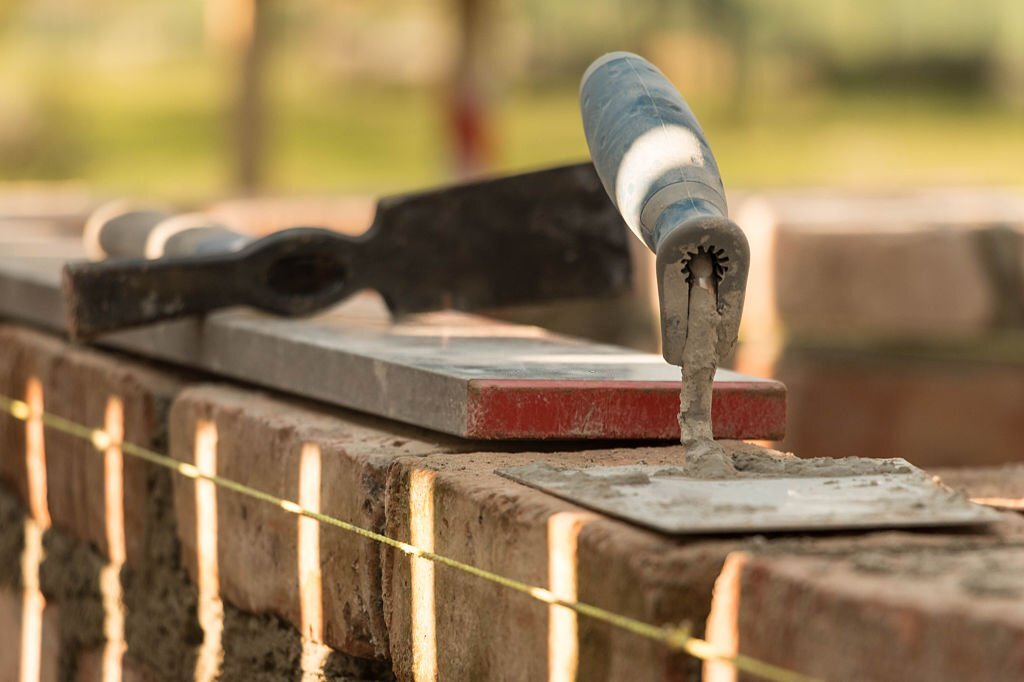Introduction:
Bricks have been a fundamental building material for centuries, and Melbourne, Australia has a rich history of brickmaking and bricklaying. In commercial construction, bricks are widely used for durability, versatility, and aesthetic appeal. This blog post explores the different types of bricks commonly used in commercial bricklaying across Melbourne, Australia.

1. Clay Bricks:
Clay bricks are the most traditional and widely used bricks in commercial bricklaying. They are made from clay and shale kiln-fired to achieve strength and durability. Clay bricks offer excellent thermal insulation, fire resistance, and soundproofing properties. They are available in various colors, textures, and sizes, making them a versatile choice for architects and builders.
2. Concrete Bricks:
Concrete bricks are made from a mixture of cement, sand, and aggregate, molded and compressed under high pressure. These bricks are known for their strength, durability, and low maintenance requirements. Concrete bricks are available in various sizes, shapes, and finishes, making them suitable for various commercial applications.
3. Engineering Bricks:
Engineering bricks are specifically designed for their exceptional strength and durability. Made from clay with high compressive strength, they are commonly used in areas that require resistance to severe weather conditions, chemicals, and heavy loads. Engineering bricks are often used for constructing foundations, retaining walls, and industrial buildings.
4. Sand-lime Bricks:
Sand-lime bricks are a combination of sand, lime, and water. These bricks are known for their high strength, excellent load-bearing capacity, and resistance to fire. They are often used in commercial buildings that require high structural integrity and fire protection.
5. Perforated Bricks:
Perforated bricks are similar to clay bricks but with small holes running through them. These holes enable better ventilation and drainage, making them suitable for areas prone to excessive moisture or humidity. Perforated bricks are commonly used in commercial projects such as basements, warehouses, and underground structures.
6. Lightweight Bricks:
As the name suggests, lightweight bricks are significantly lighter than traditional bricks. They are made from expanded clay, shale, or pumice, resulting in bricks that offer excellent insulation, reduced structural load, and ease of installation. Lightweight bricks are commonly used in commercial projects where weight reduction is critical, such as high-rise buildings and multi-story structures.
7. Facing Bricks:
Facing bricks, also known as exterior bricks, are specifically designed for their aesthetics. These bricks are made to be visible and offer a decorative finish to the building’s exterior. Facing bricks come in various colors, textures, and patterns, allowing architects and builders to achieve their desired visual appeal.
In commercial bricklaying across Melbourne, Australia, a wide range of bricks are available to cater to different requirements and preferences. Each type offers unique properties and benefits, from traditional clay bricks to lightweight options.
The choice of bricks depends on factors such as structural integrity, aesthetics, durability, and climate conditions. By understanding the different types of bricks available, architects and builders can make informed decisions to ensure the successful completion of commercial projects.
Read more https://qualitybricklayermelbourne.com/brick-foundations